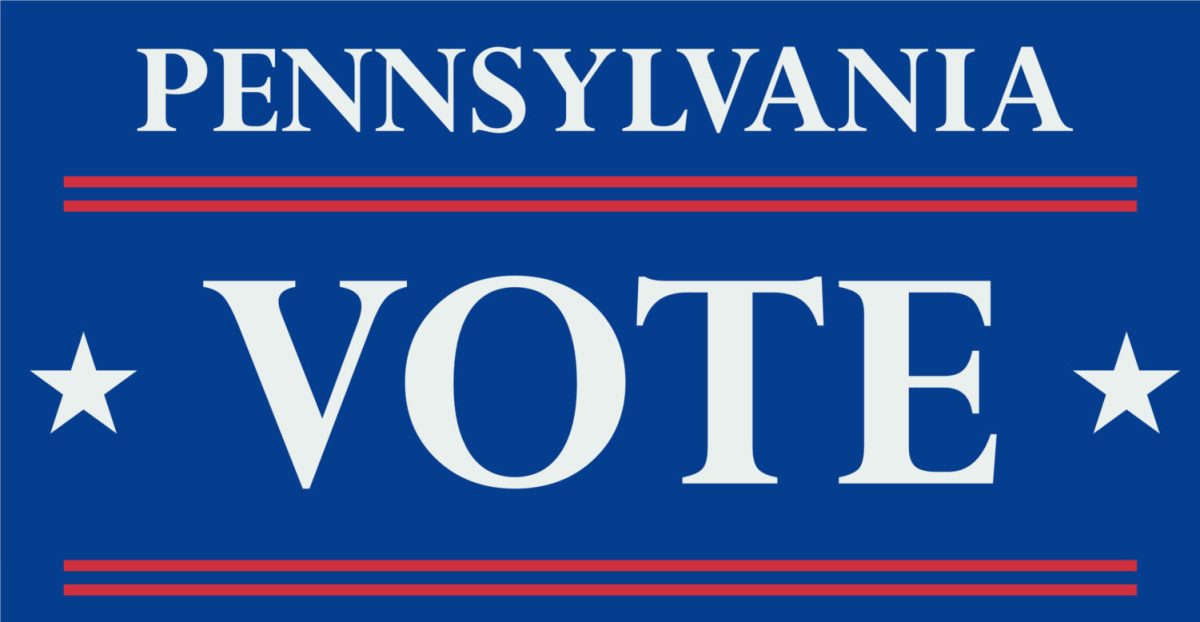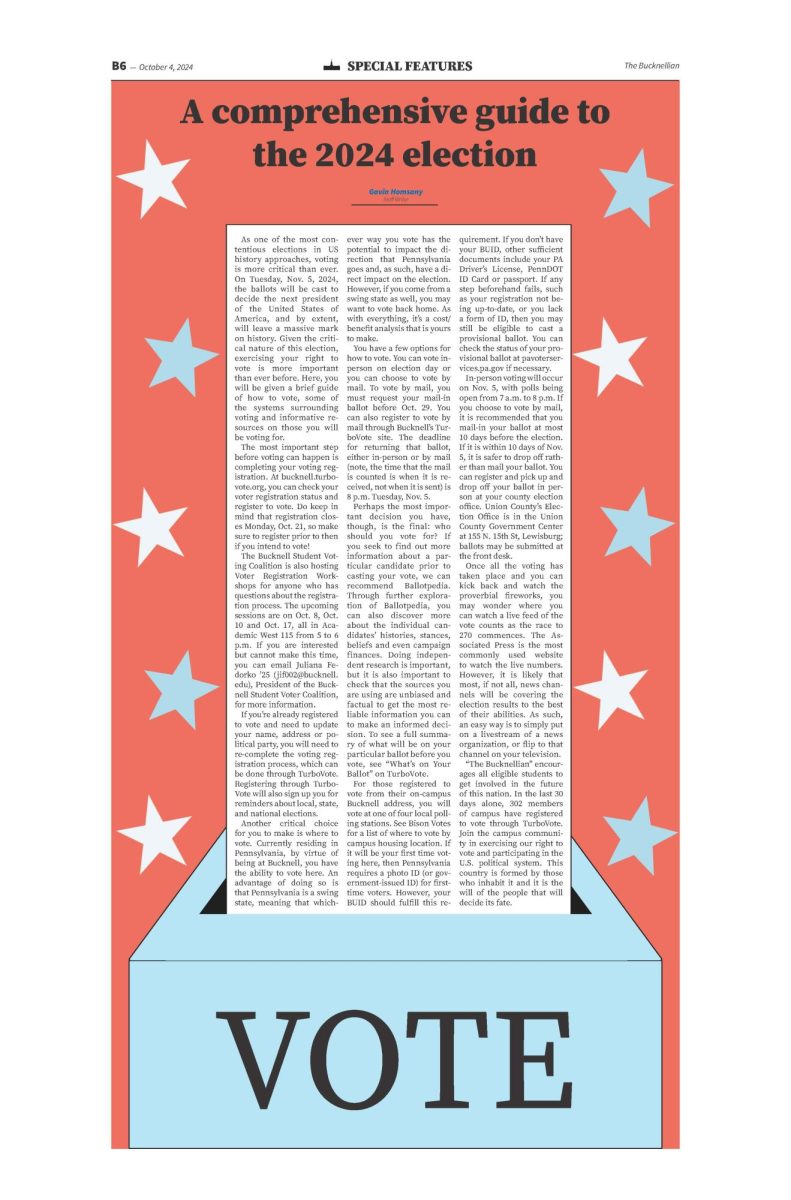Gun restriction is not legislation the U.S. can afford to ignore
October 6, 2016
A teenager was quickly taken into custody on Sept. 28 after shooting a teacher and injuring three students outside a Townville, S.C. elementary school, as well as allegedly fatally shooting his father. Officials have yet to determine a motive for this crime, as the shooter was homeschooled and had no apparent connections to the school. Regrettably, this type of story has become almost commonplace. According to the organization Everytown for Gun Safety, there have been more than three dozen school shootings this year. The fact that the 14-year-old shooter is not old enough to be in lawful possession of a gun is one of far too many recent mass shooting incidents that call for change in U.S. policies on gun control.
While there are approximately 80 million law-abiding gun owners in the United States, it is an undeniable problem that the United States experiences 20 times the number of deaths by guns than any other developed nation. Just as notable is the fact that such nations have largely solved the problem of mass shootings through gun restrictions. In fact, the majority of Americans, including gun owners, are in support of at least some increase in gun control. A Pew Research Center survey shows that 83 percent of gun-owning and non-gun-owning households alike approve of background checks for sales at gun shows and private gun sales. The majority of Hillary Clinton supporters (74 percent) also support bans on assault weapons, as opposed to Donald Trump supporters (34 percent). Laws preventing the purchase of guns by the mentally ill are favored by 76 percent, while 68 percent approve the federal database tracking of guns.
Although the United States accounts for only 5 percent of the world’s population, Americans own approximately half of the world’s civilian-owned guns and are responsible for nearly one-third of mass shootings worldwide. If you are not yet convinced that gun control is needed, consider that high-capacity magazines indisputably turn murder into mass murder, women in situations of domestic violence are 500 percent more likely to be murdered in households in which a gun is present, and 1.4 million legally-owned guns were stolen between 2005-2010.
Solutions are apparent if we are willing to listen. A March 2016 study published by The Lancet indicates that universal background checks could reduce firearm deaths by a projected 56.9 percent, background checks for ammunition purchase could reduce deaths by a projected 80.8 percent, and gun identification requirements could reduce deaths a projected 82.5 percent. Still, earlier this year, the Senate blocked four separate measures that would have tightened background checks and trigger locks. In response, President Barack Obama proposed a series of executive violence control initiatives, stating that Congress failed to pass “common sense gun safety reforms.” There are currently no federal laws that restrict the sale of semiautomatic assault weapons, military-style rifles, handguns, or high-capacity magazines, as Congress allowed the legislation that previously regulated these sales to expire. If we, as a country, are not able to implement new legislation to combat our self-destructive behaviors, we should at least enforce that which has already been established.
Though the debate over what is a reasonable degree of gun control will dominate legal domains for years to come, gun violence is an issue that is not waiting for an outcome. It is a matter approached from both sides with highly charged emotions intertwined around the right to bear arms, guaranteed by the Second Amendment of the U.S. Constitution. While I do believe that the Founding Fathers were masterful in the writing of laws that have remained largely applicable for centuries, I also note that the first four words clearly state that the premise of this amendment is based on the need to create militias at a time when a federal army had not been established; I question the applicability of this argument against contemporary gun legislation, particularly regarding weapons that fire up to 25 rounds per 2.5 seconds. The United States’ 136 mass shootings recorded in the first half of this year alone (January to June 2016) indicate that our current plan is not working. Tragic occurrences like those of Orlando’s Pulse, Virginia Tech, Sandy Hook, Columbine, and now Townville need to be our wake up call to the societal issue of gun violence; these victims must be our call to action.



























College Educated • Oct 9, 2016 at 1:13 am
Almost everything printed is either a lie, or misrepresentation.
We already have background checks. They’re required for all new firearm sales, in all 50 states, regardless of the location of sale (read: internet and gun show).
For private transfers, they’re required in 18 states, but still available for ALL 50 states, for every firearm transaction. That sounds pretty “universal” to me. And before anyone thinks that “if it’s not required, people won’t do them”, they need to rethink the logic. First off, if 90% (or whatever figure you hear) of Americans want “universal BGC”, then they can already get them. Add to that, the DOJ proved twice in a row that criminals don’t regularly buy guns from average citizens. They get them from illegal/street source, and a chunk were from stores (they passed a BGC). So there’s no “new law” that will solve any problem, because there isn’t a problem to begin with.
Now the sad part, is that the author got their information from “Bloomberg”, a heavily anti-gun organization, known to intentionally fabricate and lie about existing laws, crime, criminals, and making guns appear “bad”.
Magazine bans won’t solve any problems either.
The real problem is what causes people to become violent. All the gun restrictions in the world won’t help it if someone intentionally wants to commit violence.
You see, there’s actually no such thing as “gun violence”, there’s just violence”. Not to mention, all those deaths that Bloomberg brags about? Most are suicides. Those are not part of “gun violence”, because relevancy matters. Not to mention, look up the word “violence”. Do you see the word suicide even mentioned? Nope. Now look up “suicide”. Do you see anything related to “violence” other than “suicide bombings”? Nope. They are two completely different issues.
Get out an vote this November. Gary Johnson won’t take your rights away, and wants to be a public servant, not a dictator like HRC or DJT.